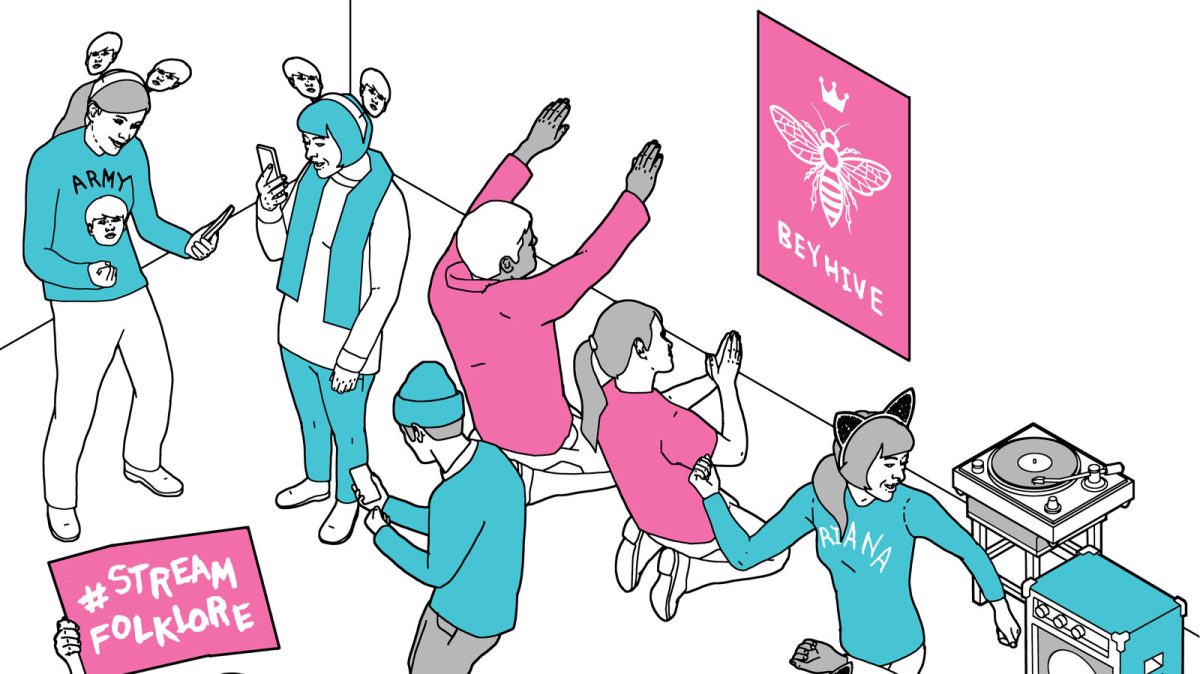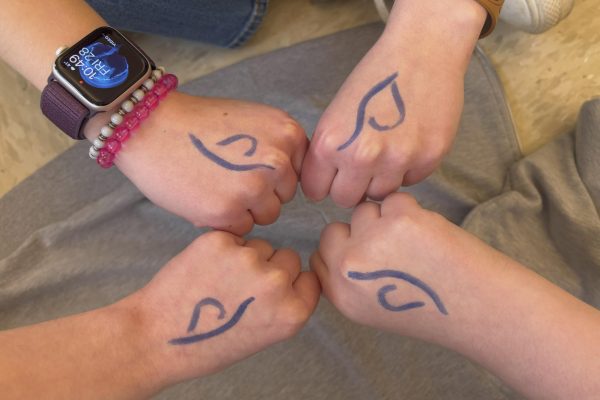Increasing concern over eating disorders (Editorial)
Those with anorexia often feel they can’t eat as much food as they should to stay healthy.
Eating disorders are often associated with unhealthy eating habits that result in malnutrition and starving oneself, usually women. This is a false stereotype. It affects people of all ages, of both genders, and often doesn’t involve starving at all.
Despite stereotypes, eating disorders aren’t limited to women or youth. Max Briles, 26, was found dead in October due to heart damage caused by anorexia. He had refused to get treatment due to the fact that, as he told his mother, Becky Briles, “I’ll be the only guy.”
The National Eating Disorder Association finds that in the U.S. alone, “20 million women and 10 million men will suffer from a clinically significant eating disorder at some time in their life.” While there are less reported men suffering from eating disorders, the problem still remains a serious issues for both genders.
Associating eating disorders with women prevents people like Max Briles from getting treatment he needed. He was eating less than 1,000 calories a day, which is less than half of what an adult man of his size should eat.
Dr. Brad Smith, medical director of eating disorder services at Rogers Memorial Hospital, commented that “Men are more reluctant than women to discuss any kind of mental health problem, but the challenge is even greater with eating disorders because they are characterized as female.”
Some eating disorder go undiagnosed because of the symptoms of the disorder. Binge eating disorder (BED) is described as eating large quantities of food in a short period of time. BED is similar to bulimia in the that that both cause binging, but BED doesn’t involve the purging. This is often undiagnosed due to the fact that there’s often no significant changes in weight. This disorder is seen as the most common eating disorder, affecting “3.5% of women, 2% of men, and up to 1.6% of adolescents,” according to the National Eating Disorder Association.
The cause for eating disorders can’t be traced to a single factor for everyone, though is usually linked to body image. Mirror Mirror, an organization dedicated to helping those with eating disorders, suggested that “binge eating disorder is the result of a complex interplay of genetics and environmental factors.” A few of these environmental factors include dieting, mood disorders, depression, anxiety, bullying, and more.
Eating disorders are often overlooked. This can have dangerous, or even deadly, consequences. In the U.S. alone, Mirror Mirror found that about 4.7 million females and 1.5 million males will suffer from bulimia at some point in their lives. The organization also claimed that “mortality rates from anorexia are the highest of any psychological disorder.” Eating disorders need to be directly addressed just as any other harmful disease would.
Disclaimer: Articles designated as “Editorial” represent the views and opinions of the author, not the 2016-2017 Periscope staff, CHS Administration, or the CHS student body.
Want to help the Herd? Please consider supporting the Periscope program. Your donation will support the student journalists of CHS and allow us to purchase equipment, send students to workshops/camps, and cover our annual website hosting costs.

Kenny Brenizer is a junior and the perspectives editor for the 2016-2017 Periscope staff. She does no sports. She has no hobbies. She just wants cats and...






































































































Sam Haseman • Mar 24, 2017 at 1:57 pm
I think there’s a lot of truth to this article–it’s something I think schools should focus on more. While they do talk about the disorders themselves, it would be worthwhile to actually discuss, in-depth, actual nutrition and calorie requirements in health class. An athlete burning 3000 calories a day and eating 2000 is still experiencing serious health problems.